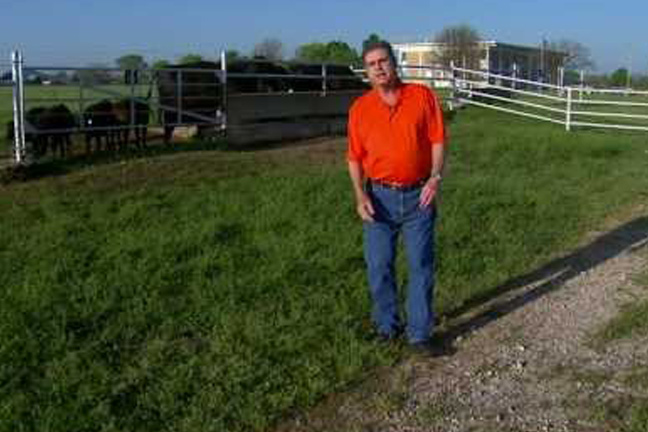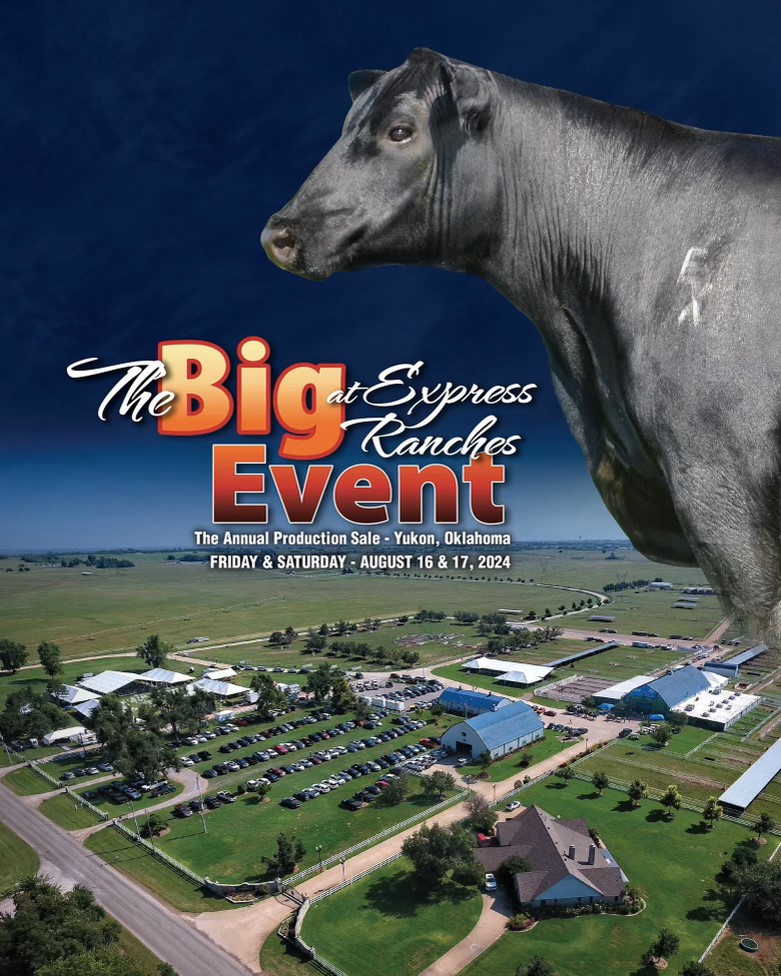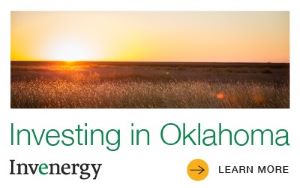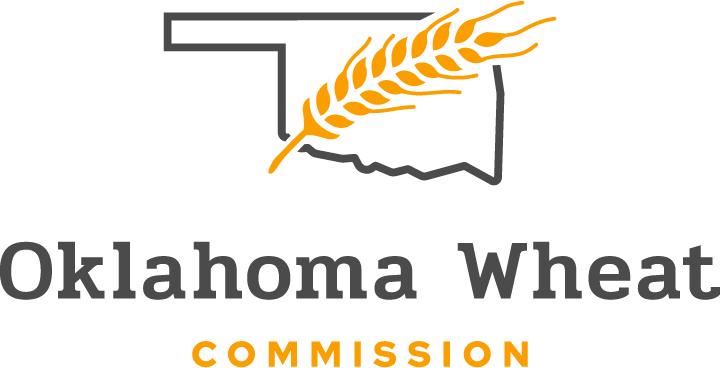
Agricultural News
Selk Takes Another Look At Fall Versus Spring Calving
Tue, 19 May 2015 14:29:41 CDT
 Glenn Selk, Oklahoma State University Emeritus Extension Animal Scientist, writes in the latest Cow-Calf Newsletter.
Glenn Selk, Oklahoma State University Emeritus Extension Animal Scientist, writes in the latest Cow-Calf Newsletter.
As cow herd managers monitor the pasture conditions this spring and make decisions about rebuilding a depleted cow herd, some may wish to rethink the time of year that breeding and calving take place. New data from Tennessee on a fescue-based forage system gives us more information about the direct comparison between fall and spring calving.
In the April, 2013 edition the Professional Animal Scientist, they reported on nineteen years of data comparing fall and spring calving on an experiment station in that state. Over a span of 19 years, they had data from 478 spring-calving cows and 474 fall-calving cows. The fall calving cows weaned 193 more calves (over those 19 years ) than did the spring calving cows. The spring-born calves grew faster and had higher 205 weights, but the fall-calving herd had increased income because of greater number of calves and a reduced need for replacement heifers.
The endophyte-infected fescue may have been a factor in the summer breeding seasons that resulted in significantly fewer calves per cow over the 19 years. The wild type endophyte (Neotyphodium coenophialum) has been shown to reduce a cow's ability to regulate body temperature which would be an important trait in summer breeding seasons. Source: A comparison of spring- and fall-calving beef herds grazing tall fescue. Campbell, et al., 2013. Prof. Anim. Sci. vol. 29, no. 2, pp 172-178.
Oklahoma producers using native or Bermuda pastures should also consider fall-calving. Avoiding the intense heat of an Oklahoma summer during breeding will improve reproductive efficiency. Fall-calving occurs when temperatures are more moderate for those 2 am heifer checks and calf survival is higher due to less cold stress and dry calving pastures.
Fall-calving cows should be in excellent body condition at calving and therefore return to estrus cycles on time to breed for next year's calf crop. Winter weather in the Southern Plains does not appear to impair re-breeding efficiency in most winters.
Examine when would be the best time to breed the cows or replacement heifers in the late spring/early summer or in the late fall/early winter? Your answer may depend on the forage base, your other farming enterprises, and off-farm job responsibilities. Fall-calving makes a lot of sense in Oklahoma if the owner/manager can make it work with other responsibilities.
WebReadyTM Powered by WireReady® NSI
Top Agricultural News
More Headlines...




















